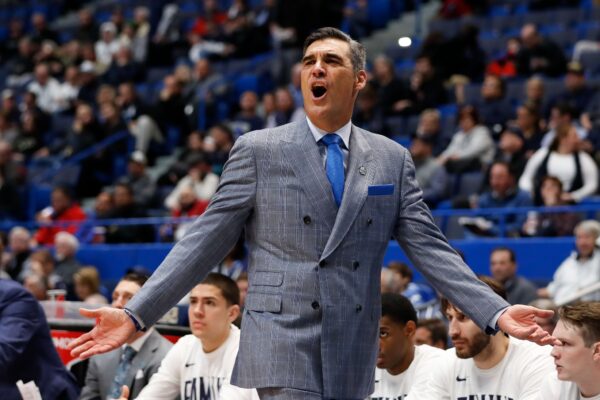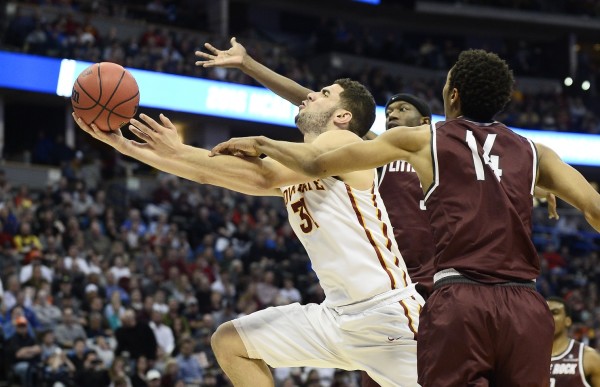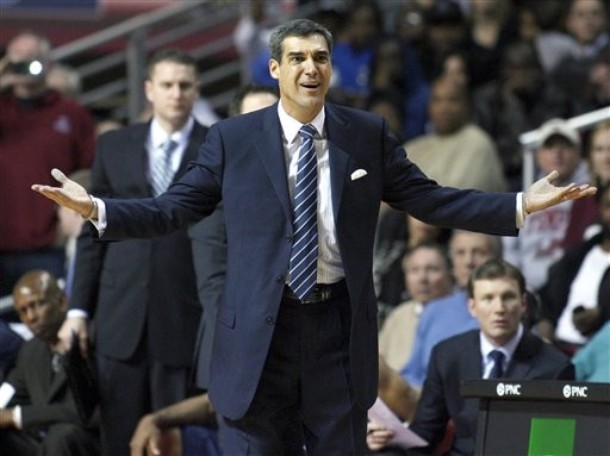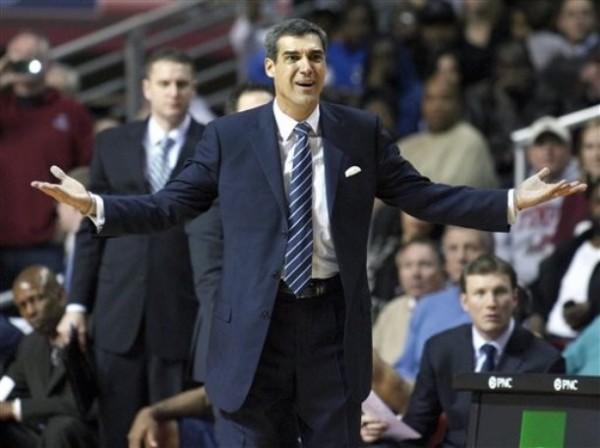Big East Key Questions: Villanova and Xavier
Posted by Brad Cavallaro on November 4th, 2019Villanova: Will the Wildcats’ offense be as effective without a clear go-to guy?

Villanova’s roster last season was missing a perimeter creator and Jay Wright clearly had expected 2018 Final Four MOP Donte DiVincenzo to have filled that role. Seniors Phil Booth and Eric Paschall were terrific on their own, but a supporting cast led by Joe Cremo and Jahvon Quinerly fell woefully short of preseason expectations. Collin Gillespie began to flourish when Booth assumed the go-to scoring role, but he looked overmatched as the lead ball-handler. Saddiq Bey and Jermaine Samuels showed great promise as well, but neither created for themselves very often.
The 2019-20 Wildcats do not have any unforeseen departures, but they did lose the only two players in Booth and Paschall who could consistently put the ball in the basket. A strong group of returnees is bolstered by an excellent freshman class, but it is difficult to see how the Villanova offense moves forward. When you factor in the fifth-year seniors’ wealth of experience and essential contributions, an adjustment period feels inevitable.
Still, most prognosticators disagree. Despite finishing 30th in KenPom last season and losing their two most productive players, the Wildcats are expected by many to be significantly better this season. Villanova has been consistently ranked as a top-10 team in most human polls and computer metrics. I expect Villanova finish closer to 20th nationally. Their defense has elite potential with great positional size and versatility, but the losses of Booth and Paschal — especially on the offensive end — are being undersold. Multiple players will need to take major leaps in their skill set development to become consistent shot creators. Freshman Bryan Antoine was the most logical candidate until his season was jeopardized with a shoulder injury. Bey and Justin Moore could fill that role eventually, but it is probably too soon to place that burden on them. Perhaps big man Jeremiah Robinson-Earl can add an interior scoring punch, but will that be enough?
Xavier: Was last year’s end of season push a mirage or a sign of things to come?
Read the rest of this entry »












































